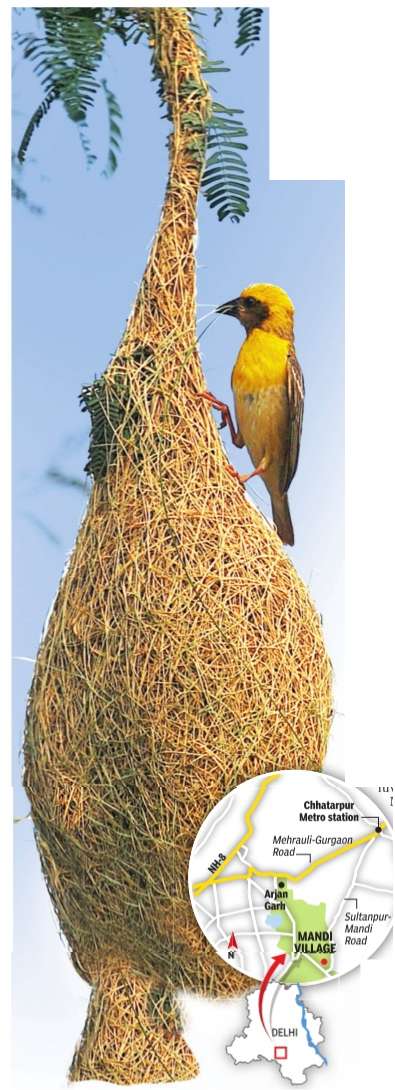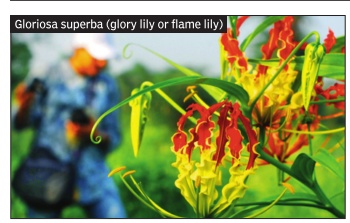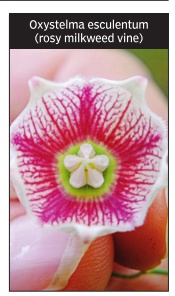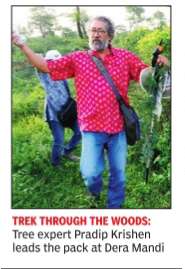Delhi: Dera Mandi forest





This is a collection of articles archived for the excellence of their content. |
Birdwatchers' paradise
The Times of India, Aug 27 2015
Neha Lalchandani
A pristine forest in city is a birdwatchers' paradise
When someone suggests a trek in a south Delhi forest, one is most likely to think of Asola or Bhatti. However, when the vehicle veered off the known path and proceeded through broken roads and a farmhouse-lined avenue towards a totally new destination, the thrill of exploring a new part of the city took over. Dera Mandi forest, the lesser known cousin of Asola and Bhatti, does not lie very far from them and is probably not even as green. But it stands out because it is the only alluvial forest in the city , home to flora that cannot be found anywhere else in the Ridge or even in Delhi. Tree expert Pradip Krishen says that the undulated expanse is not rocky, unlike other parts of the Ridge. “It is probably a relic of a time when the Yamuna `bounced off ' the western flank of the Delhi Ridge before turning south. Now of course the Yamuna has drifted more than a 100km eastward in geological time and flows east of the Ridge. There are parts of the forest which are piled high with riverine alluvium, up to 100 feet in places. It is this al luvium which makes the Mandi area so special.
Unlike the thin-soil and rocky subsurface of the rest of the Ridge, this area has deep loamy soil and is, therefore, host to several different spe cies of trees and plants that cannot possibly grow in rocky parts of the Ridge,“ he says.
A birdwatcher's paradise, the forest, is at present thickly overgrown and stunningly green because of the rains. And it throws up surprises every few feet. From steep ravines to flat open plains, you can chance upon weeds that will not be seen anywhere else in the city, to the rare Glory Lily that suddenly peeps out from behind a prickly bush to trees with bobbing Baya Weavers' nests.
The Jhand with its extremely deep roots, not found on the Ridge elsewhere, has made Dera Mandi its home as has the Shisham, commonly found in the sub-Himalayan region where there is availability of fresh moist alluvium. Krishen adds, “This area is similar to the Chambal ravines and there are maybe even 100 plant and weed species here that are not found in the rest of Delhi.T his includes Ar nebia, Salvia, Fagonia and the Glory Lilies. However, right now this is a highly degraded forest with a vilayati kikar-dominated habitat. It does not have a rich and wild biodiversity but is rare and special in Delhi's context.“ But like most green areas in the city without protection, the forest is falling prey to “civilization“. The Eco Task Force has been tasked with taking up plantation here and it is critical that they bring back species that are specific to the habitat.Meanwhile, both entries to the forest from the Mandi Village are crowded with garbage and malba. A small space within the forest has been earmarked for cremation and a plea has already been filed in the National Green Tribunal against encroachment.